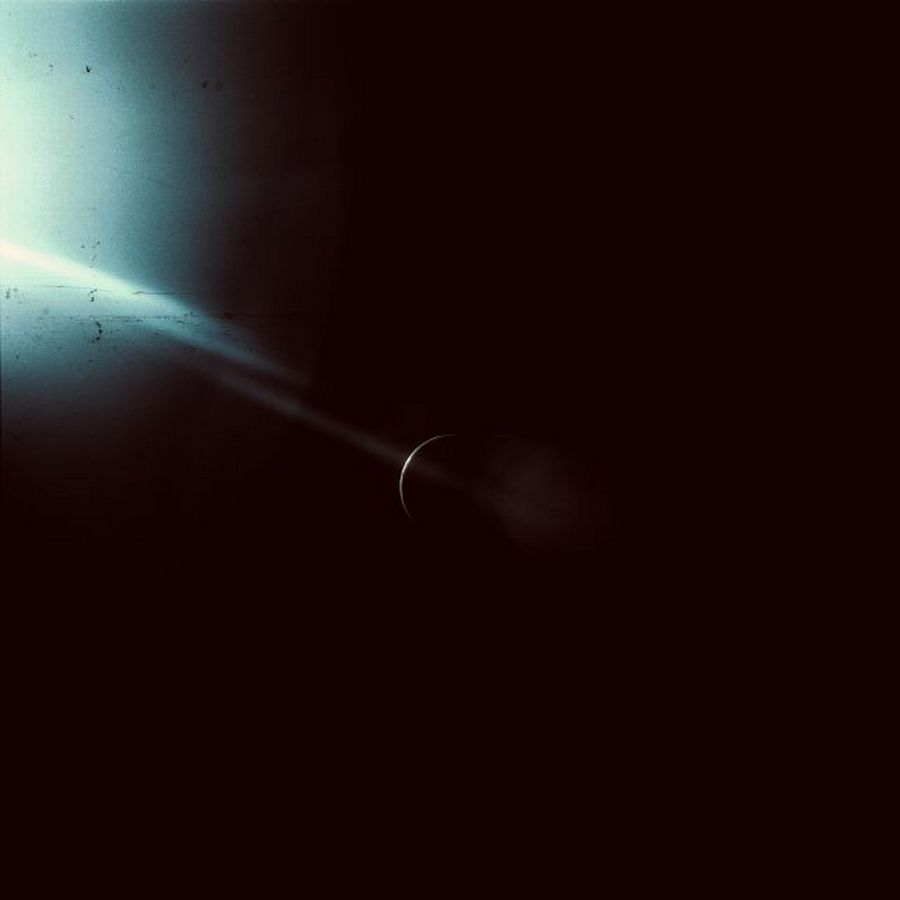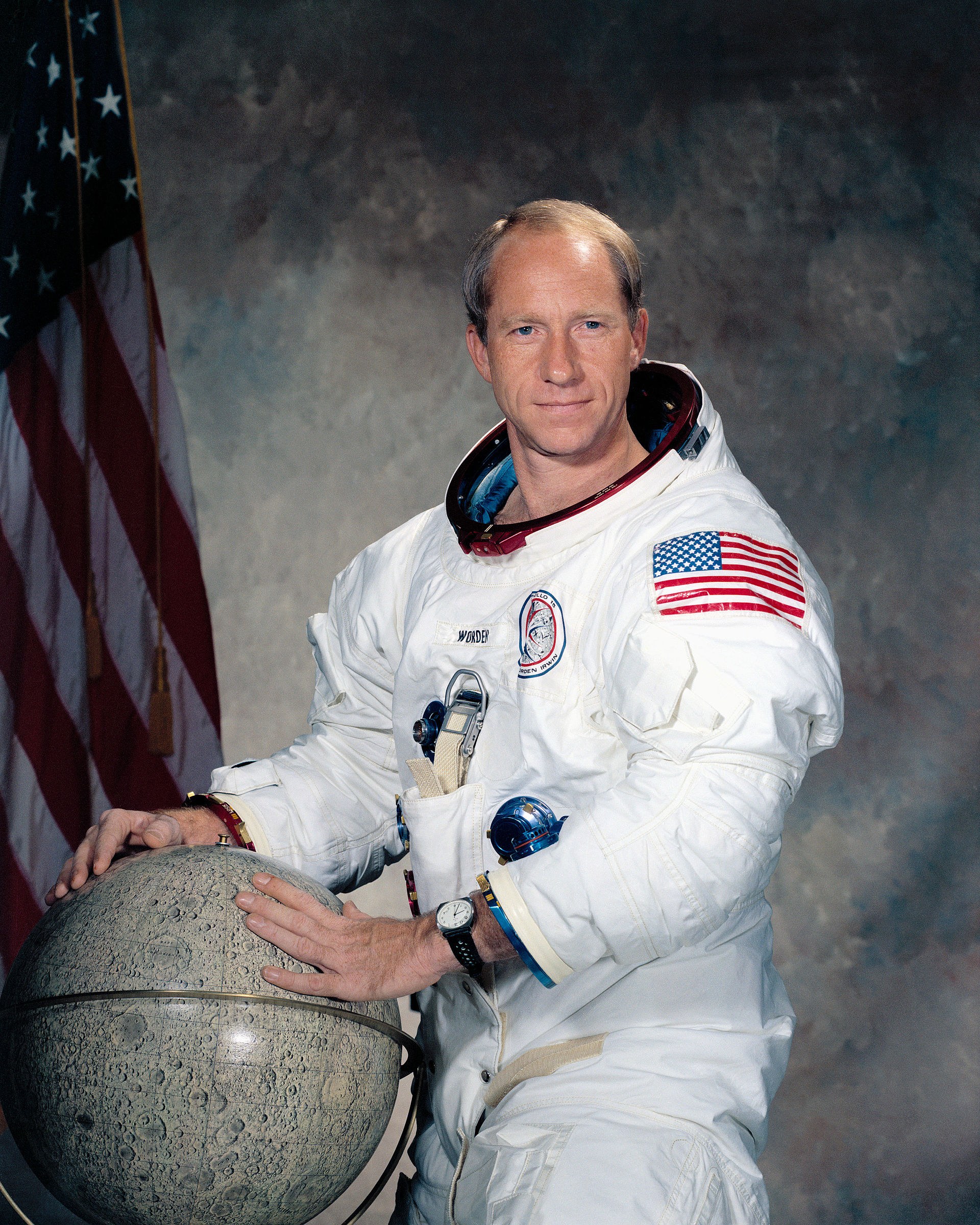Since the beginning of the space age, our Earth has been nicknamed “blue marble” — because it sparkles in the darkness of space like a shining treasure. Those astronauts who have been fortunate enough to view Earth from a great distance share their unique experiences with us, giving us a glimpse of our planet in the context of the limitless Universe. One such rare image is a little-known photograph taken by NASA astronaut Al Worden in 1971 during the Apollo 15 mission.

Worden was the command module pilot and spent three days orbiting the Moon alone while his colleagues David Scott and James Irwin explored the surface in the Hadley-Apennine region. When the spacecraft was returning from the Moon, Worden was excited, after spending three days all alone 380,000 kilometers away from home, to photograph the Earth’s crescent — a thin, curved outline illuminated by the glare of the Sun.
Worden also became the first person to perform a spacewalk on the way home — he came out to retrieve tapes from science cameras. The experience affected him so deeply that he published a collection of poetry in 1974, becoming the first astronaut to publish poetry after returning from space.

In one of the poems entitled “Perspective” he wrote:
Of all the stars, moons, and planets,
Of all I can see or imagine,
This is the most beautiful;
All the colors of the universe
Focused on one small globe;
And it is our home, our refuge
Now I know why I’m here;
Not for a closer look at the moon,
But to look back
At our home
The earth.
Worden recognized that his mission wasn’t just an attempt to study the moon — it was an opportunity to see Earth in a new light. In his book Falling to Earth, published in 2011, he shared his thoughts on the journey and the feelings he experienced.
“Occasionally I am reminded of my brief glimpse into infinity while alone on the moon’s far side. I still have lingering questions about what I experienced. The answers won’t come in my lifetime. That will be your job,” he wrote.
His words remain a call to reflect: “Take a walk on a summer night, look up at the moon, and think of us. A part of us is still there and always will be.”
Earlier we showed the most famous images of the Earth from space.
According to Science Alert


